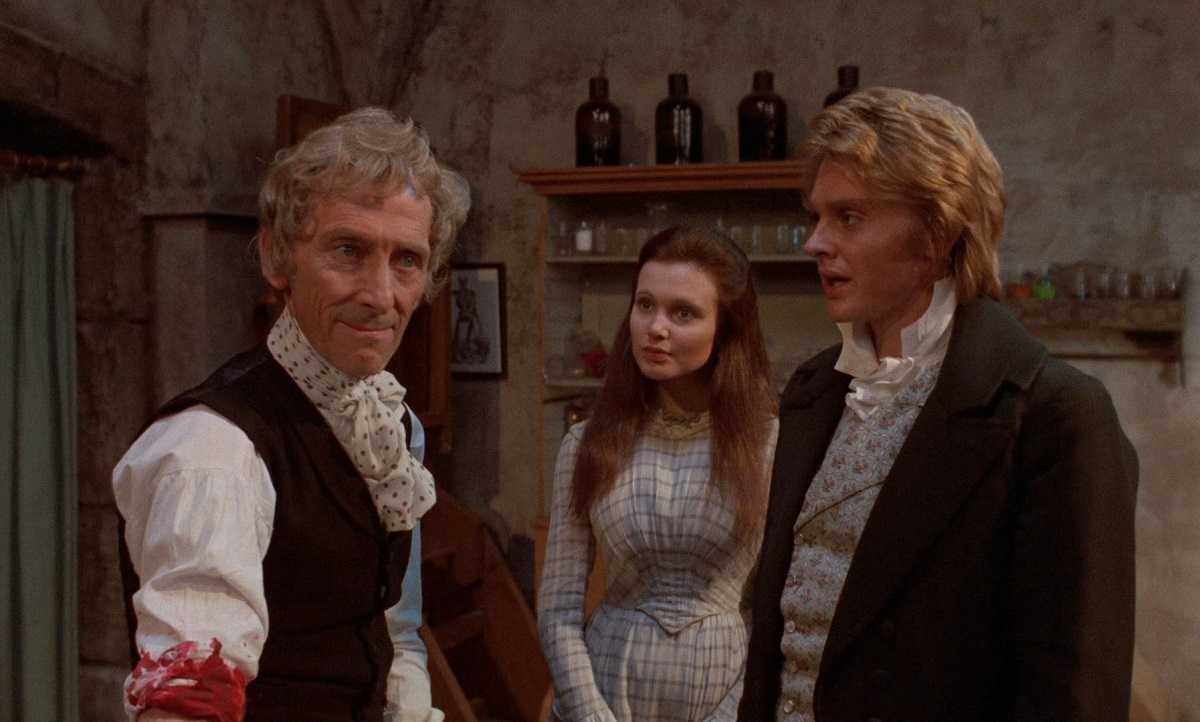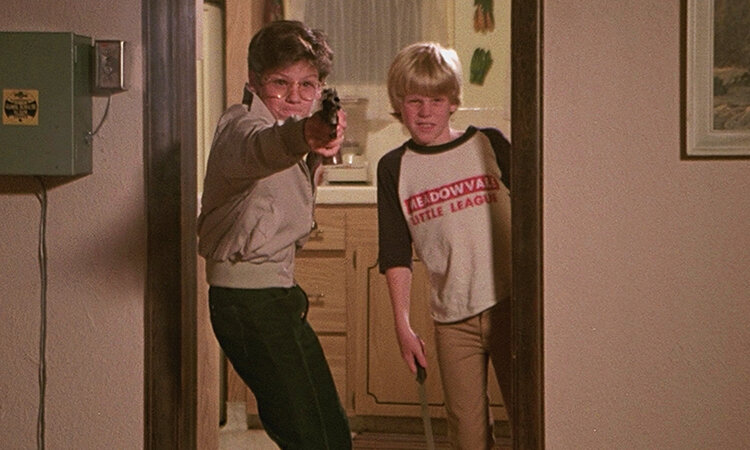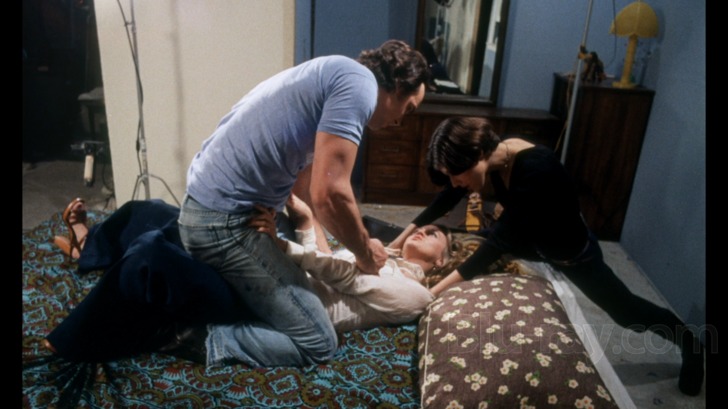Frankenstein and the Monster from Hell (1974)
![]()
Frankenstein and the Monster from Hell (1974) Directed by Terence Fisher
The haunting apotheosis of Hammer’s Frankenstein franchise made during the waning of the acclaimed British horror film production is also a moving swan song from its director, Hammer’s most distinguished and proficient filmmaker, Terence Fisher. It is a film replete with last times. Peter Cushing reprises his role as Baron Frankenstein for the last time in the culmination of the saga of the most notorious mad scientist of all time. The final Frankenstein script by Anthony Hinds a.k.a. John Elder is a great emotional peroration penned with an awareness of transience, integrity and respect for the contribution – regardless of whether it was successful or not – of all Hammer’s filmmakers to Mary Shelley’s character.
One only needs to see a physically feeble Peter Cushing magnificently playing an old but wise Baron Frankenstein to understand the essence of the ephemerality, and to grasp how this film oozes an elegiac sobriety that bids farewell with gracious honor to its director, to Cushing’s Frankenstein and in a way to Hammer’s glorious years in the past. Frankenstein and the Monster from Hell is speculatively a sequel, since the plot hints that Dr. Frankenstein was saved from being burned after the catastrophic incidents that occurred in… Frankenstein Must Be Destroyed? It is not known, so it is a theoretical sequel, but what is physically elucidated is that many years have passed since those tragic affairs where Frankenstein’s experiments went dreadfully wrong. The Frankenstein brimming with vigor and vehemence that we knew in his more vigorous years is now a solemn and thoughtful fellow, less voluble and more conscientious, who now works in a madhouse under the name of Carl Victor. The mental asylum where he works is a bleak and maddening place, where screams are heard in the corridors and most of the patients are victims of abuse at the hands of the guards and the rancid director of the asylum, Adolf Klauss (John Stratton). Dr. Simon Helder (Shane Briant) ends up in this dismal asylum after being convicted of witchcraft for having found stolen corpses in his laboratory. Helder is a sincere admirer of Frankenstein, has been studying his heretical theories for years, and now that he has the opportunity to meet him in person, he seeks to collaborate with him in his radical experiments. Frankenstein quickly takes him on as his assistant when he discovers that the man sentenced for sorcery is nothing more than a sane doctor with a very advanced understanding of surgery.
Although Dr. Frankenstein’s surreptitious experiments are taken as the narrative basis for the film, Terence Fisher’s enthusiasm for enlightening the darkest corners of the asylum with considerable compassion and unflinching horror endows the story with very humane qualities. We all are familiar with the callous and harsh stories of psychiatric hospital patients being treated inhumanely, it is practically a cliché in fiction and non-fiction literature, as well as in movies, however Fisher’s intention here is not to expose, much less to criticize, his purpose is purely artistic. With the stark portrayal of the claustrophobic setting of the asylum, Fisher finds it easier – and more genuine – to explore the psychology of the characters. While the inebriated asylum director takes sexual advantage of the mental vulnerability of some of the women inmates, and the guards rejoice in humiliating the helpless, Dr. Frankenstein and Simon Helder play the role of contrast to that evil. But we well know that Frankenstein is an amoral man when it comes to getting what he wants to consummate his illicit experiments, so we, the audience, react hesitantly to Frankenstein’s deeds. However, here Dr. Frankenstein reveals a more sensitive side, a facet that clearly has a lot to do with his mature age. There is one more character that joins the antagonistic benevolence that emerges in the plot, that character is Sarah (Madeline Smith), one of the asylum patients who is free to help Dr. Frankenstein, she is mute, cherubic and helpful. But first and foremost, she is the one character we don’t doubt in ethical matters. We know that her actions and feelings are innocuous and therefore every act or gesture is sincerely righteous.
The atmosphere is tragic, this sequel is drastically different from its predecessors, it takes a ceremonious time to depict, to render the setting explicit; it is effectively a mood piece. Like its morbid and somber setting, Dr. Frankenstein also seems to be imbued with a melancholy mood. The indefatigable man admittedly looks more fatigued and wrinkled, but his obsessions remain as youthful as ever, yet there is something poignant in Cushing’s performance that alludes to the ephemerality of life. The ill-famed Dr. Frankenstein, now that he is an old man, is aware that no matter how many times he tries and fails in his experiments, his expiration date in the world is getting closer and closer and so are his experiments. The creature Frankenstein creates – with pieces of several of his patients who apparently committed suicide – is a tragic figure like all the creatures he created in the past, but the savage, monstrously brawny, anthropoid appearance – played by David Prowse – gives it a distinctive and aptly nasty look. Beyond the tragedy of his existence is how Prowse’s purely physical performance manages to convey something so human in such an abnormal creation.
This is a terrific finale that feels more than just a conclusion to Hammer’s Frankenstein series, it’s an honorable valediction to the quintessential British horror auteur, and it’s a touching wrap-up of Hammer’s finest right in its twilight as an A-movie horror house.






